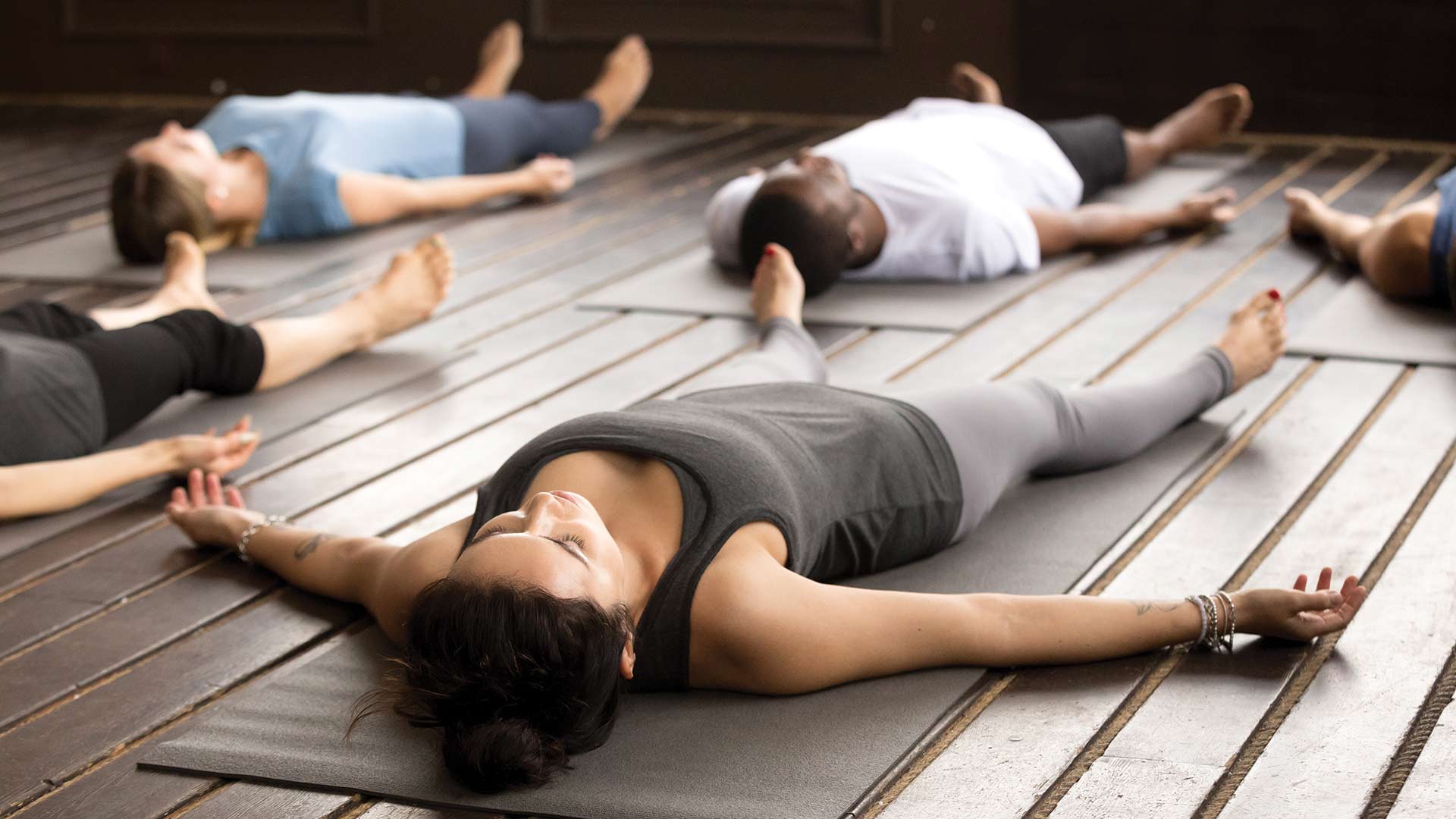Introduction:
Getting a good night’s sleep is essential for our overall well-being and productivity. However, many individuals struggle with falling asleep due to stress, anxiety, or an overactive mind. Relaxation techniques can help calm the body and mind, promoting a state of relaxation conducive to sleep. In this comprehensive guide, we will explore six effective relaxation techniques that can improve sleep quality and help you achieve a more restful night’s sleep.
Section 1
Progressive Muscle Relaxation
1.1 Overview: Introduce progressive muscle relaxation (PMR) as a technique that involves systematically tensing and releasing muscle groups to promote relaxation.
1.2 Steps for PMR: Explain the step-by-step process of PMR, including finding a comfortable position, starting with the toes and gradually working up the body, tensing and releasing each muscle group, and focusing on the sensations of relaxation.
1.3 Benefits: Discuss the benefits of PMR, such as reducing muscle tension, calming the mind, and promoting overall relaxation, which can aid in falling asleep more easily.
Section 2
Deep Breathing Exercises
2.1 Deep Breathing Techniques: Explore various deep breathing exercises, such as diaphragmatic breathing and 4-7-8 breathing. Explain how these techniques activate the body’s relaxation response and help reduce stress and anxiety.
2.2 Practicing Deep Breathing: Provide step-by-step instructions for each deep breathing technique, emphasizing the importance of slow, deep breaths, and focusing on the breath while letting go of intrusive thoughts.
2.3 Benefits: Discuss the benefits of deep breathing exercises, including improved oxygenation, reduced heart rate, lowered blood pressure, and increased feelings of relaxation, all of which contribute to better sleep quality.
Section 3
Mindfulness Meditation
3.1 Mindfulness for Sleep: Explain how mindfulness meditation involves focusing one’s attention on the present moment without judgment. Discuss its effectiveness in quieting the mind and promoting a state of relaxation before sleep.
3.2 Mindfulness Techniques: Introduce mindfulness techniques such as body scan meditation, mindful breathing, and loving-kindness meditation. Provide step-by-step instructions for practicing each technique and encourage regular practice for optimal results.
3.3 Benefits: Highlight the benefits of mindfulness meditation, such as reducing anxiety, promoting emotional well-being, improving sleep quality, and increasing overall mindfulness, which can help manage racing thoughts and promote better sleep.
Section 4
Guided Imagery and Visualization
4.1 Guided Imagery: Explain how guided imagery involves using mental imagery to create a calming and peaceful environment in the mind. Discuss the use of guided imagery scripts or audio recordings to facilitate relaxation and sleep.
4.2 Visualization Techniques: Introduce visualization techniques such as imagining a serene natural setting, visualizing a peaceful journey, or mentally picturing positive experiences. Provide guidance on creating vivid mental images and engaging multiple senses.
4.3 Benefits: Discuss the benefits of guided imagery and visualization, including reducing stress, quieting the mind, promoting relaxation, and facilitating the transition into a restful sleep state.
Section 5
Aromatherapy
5.1 Essential Oils for Sleep: Discuss the use of essential oils known for their relaxing properties, such as lavender, chamomile, and bergamot. Explain how these oils can be used in diffusers, applied topically, or added to a warm bath to enhance relaxation before bedtime.
5.2 Benefits of Aromatherapy: Explore the benefits of aromatherapy for sleep, including its ability to reduce stress, promote relaxation, and create a soothing sleep environment. Emphasize the importance of using high-quality, pure
essential oils and ensuring proper dilution and safety precautions.
5.3 Methods of Application: Provide instructions on how to use essential oils for sleep, such as diffusing them in a bedroom, creating a linen spray, or incorporating them into a bedtime ritual. Highlight the importance of personal preference and sensitivity when using aromatherapy.
Section 6
Sleep-Friendly Rituals
6.1 Creating a Bedtime Routine: Stress the importance of establishing a consistent bedtime routine to signal to the body and mind that it’s time to unwind and prepare for sleep. Discuss the benefits of activities such as reading, taking a warm bath, or practicing gentle stretching or yoga.
6.2 Relaxing Music and Sounds: Explore the use of calming music, nature sounds, or white noise machines to create a peaceful auditory environment that promotes relaxation and masks external distractions.
6.3 Creating a Sleep-Friendly Environment: Provide tips for creating a sleep-friendly environment, including keeping the bedroom cool, dark, and quiet, using comfortable bedding and pillows, and minimizing electronic devices and screens before bed.
Conclusion
Incorporating relaxation techniques into your bedtime routine can greatly improve sleep quality and help you achieve a more restful night’s sleep. Progressive muscle relaxation, deep breathing exercises, mindfulness meditation, guided imagery and visualization, aromatherapy, and sleep-friendly rituals offer effective ways to calm the body and mind, reducing stress and promoting relaxation.
Experiment with different techniques to find the ones that resonate with you personally. Consistency and regular practice are key to experiencing the full benefits of these relaxation techniques. Consider combining multiple techniques or incorporating them into a comprehensive relaxation routine for optimal results.
Remember that relaxation techniques are not a quick fix but rather a practice that requires patience and commitment. It may take time to develop proficiency and experience the full benefits. Be open to exploring and adapting these techniques to suit your individual needs and preferences.
If sleep difficulties persist or are related to an underlying health condition, it’s important to consult with a healthcare professional for a comprehensive evaluation and guidance.
By incorporating relaxation techniques into your sleep routine and creating a calming sleep environment, you can cultivate a sense of tranquility and promote better sleep. Enjoy the journey of discovering what works best for you, and may you find restful and rejuvenating nights of sleep ahead.
- CBD Vape Cartridges By Glowbar London-Vaping Bliss: A Flavorful Journey with Glowbar London’s CBD Vape Cartridges! - March 29, 2024
- Wick Liquor: Unveiling the Artistry of Exquisite E-Liquid Craftsmanship - February 26, 2024
- Comprehensive Guide on the Benefits of Gravel Root Supplements - July 11, 2023




